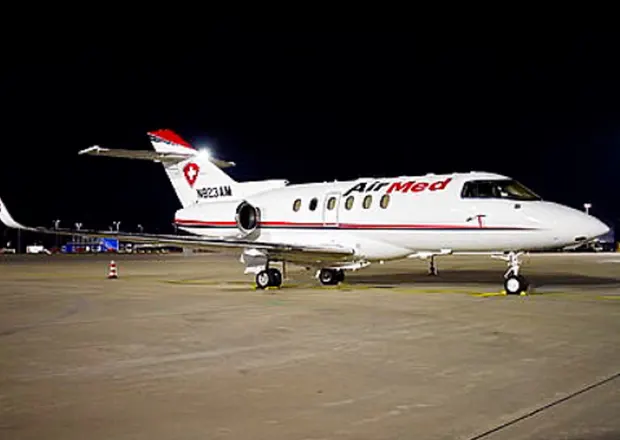The AirMed Controversy: A Case Study in Misinformation and Political Polarization in Ghana
The landing of an AirMed aircraft in Ghana recently ignited a firestorm of controversy, fueled by allegations of drug trafficking and amplified by the rapid spread of misinformation across traditional and social media platforms. The incident, initially brought to public attention by Member of Parliament Rev. John Ntim Fordjour, quickly escalated into a political battleground, highlighting the vulnerability of public discourse to manipulation and the challenges of navigating complex issues in an increasingly polarized media landscape. Fordjour’s claims, linking the unscheduled landing to potential drug smuggling activities, resonated with existing public anxieties surrounding national security and illicit trade, creating fertile ground for the proliferation of unsubstantiated narratives.
The core of the controversy revolved around the discrepancy between the official explanation – mechanical malfunction necessitating an emergency landing – and the narrative propagated by some political figures and media outlets, which insinuated a connection to illegal activities. Government spokesperson Felix Kwakye Ofosu emphasized the technical reasons for the landing, citing damaged landing gear tires and engine faults. However, these explanations struggled to gain traction against the more sensational and emotionally charged allegations of drug trafficking, particularly given the backdrop of recent cocaine busts in the country. This disparity underscores a fundamental challenge in modern information dissemination: the inherent difficulty in competing with emotionally charged narratives, even when armed with factual evidence.
The spread of misinformation was significantly accelerated by the dynamics of social media. Partial information, anecdotal evidence, and selective screenshots of discussions were presented as definitive proof, bypassing the traditional journalistic processes of verification and fact-checking. Political figures and commentators leveraged these platforms to amplify their respective narratives, further blurring the line between informed opinion and unsubstantiated claims. This created a self-perpetuating cycle where fragmented information, devoid of context, solidified into widely accepted truths before a comprehensive picture could emerge. The incident highlights the potential of social media to be both a powerful tool for disseminating information and a dangerous vector for the spread of misinformation.
Traditional media outlets, while attempting to provide balanced coverage, inadvertently contributed to the fragmentation and polarization of the narrative. Platforms like NewsFile on JoyNews and analytical discussions on Channel One TV hosted debates that, while showcasing diverse viewpoints, also provided a stage for the trading of accusations and the presentation of selective evidence. The subsequent sharing of snippets from these discussions on social media further exacerbated the issue, transforming a technical matter into a political spectacle. This dynamic underscores the challenge faced by traditional media in navigating the complexities of reporting on evolving narratives in the age of social media, where snippets of information can be easily decontextualized and weaponized.
The AirMed controversy provides a stark illustration of the growing preference for narrative convenience over verifiable facts. While genuine concerns about national security and illicit activities are legitimate, their exploitation through selectively presented data and partisan rhetoric undermines public trust and hinders informed discourse. The deliberate emphasis on uncorroborated anecdotes and out-of-context information served to sow discord and confusion, effectively overshadowing the government’s technically grounded explanations. This manipulation of narrative underscores the vulnerability of public perception to orchestrated campaigns of misinformation, particularly in politically charged environments.
Ultimately, the AirMed incident transcends the specific details of a technical malfunction; it serves as a microcosm of the broader challenges confronting contemporary media ecosystems grappling with the pervasive influence of misinformation. The willingness of some actors to invoke law enforcement agencies and suggest potential arrests, without concrete evidence, further escalated tensions and eroded public trust in institutional narratives. The incident serves as a cautionary tale, highlighting the urgent need for critical media literacy, rigorous fact-checking, and a renewed commitment to evidence-based discourse. The AirMed controversy stands as a stark reminder of the fragility of truth in the digital age and the potential for misinformation to not only distort public understanding but also destabilize the foundations of trust in governance and institutions.


